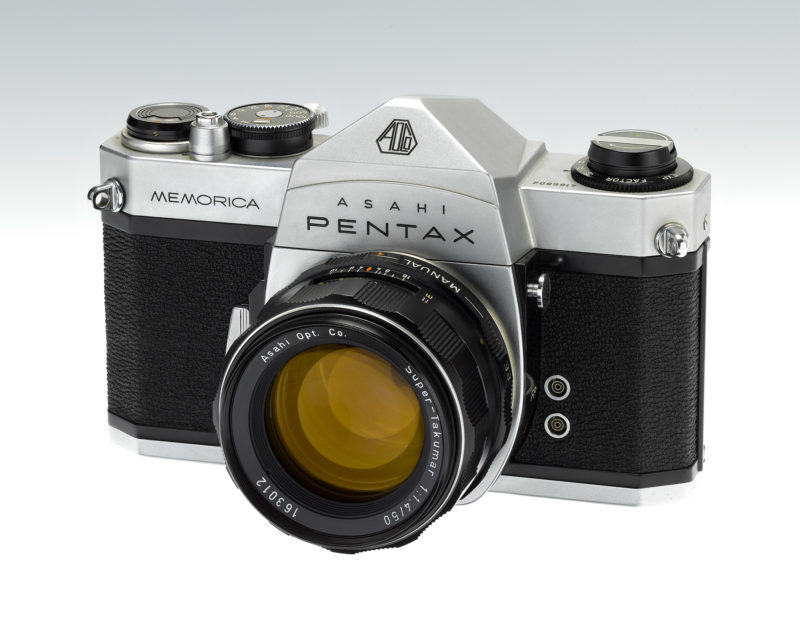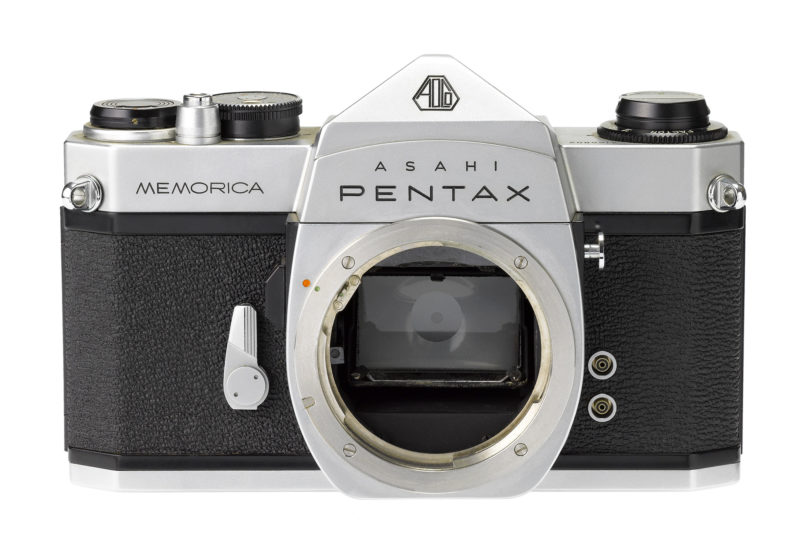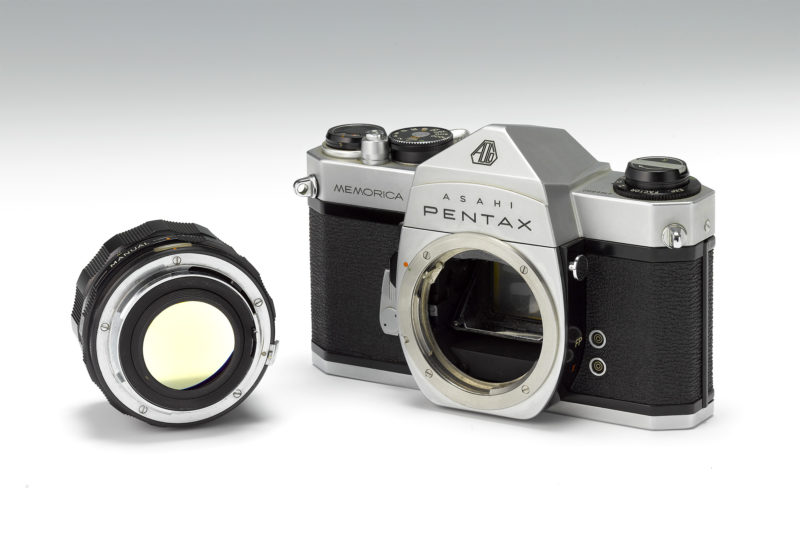
Hello, I am Rally. I am honored to be the first writer of this new column. This column will be updated with many writers related to “Discover PENTAX”.
On November 27, 2019, we celebrated the 100th year Anniversary of the foundation of Asahi Optical Joint Stock Co., the original manufacturer of PENTAX-brand products. During this memorial year, I often had a chance to look through the documents of the old days. Today, I would like to share one of the episodes which I found during this reading.
Since the launch of Japan’s first 35mm single-lens reflex camera, the Asahiflex I in 1952, the model steadily evolved to the quick-return mirror mechanism model, Asahiflex II series. With the next generation, at that time it was called Asahiflex III, the eye-level viewfinder was mentioned in the product specification. Additionally, not only was widening the lens mount diameter form 37mm to support the future large-diameter lenses under consideration, but also the decision to give a brand-new name was made. This model was not launched, but the basic concept of the product planning was taken over to the next model. The new model had an eye-level finder, which was realized by equipping it with a pentaprism. Of course, the model came out with a brand-new name, ASAHI PENTAX, which was named after the featured pentaprism, a famous story which you may have known.
ASAHI PENTAX adopted the new eye-level finder, but it did not adopt the new lens mount system. The lens mount was still M42 screw mount, even though, at the early developing stage of the model, adopting the K-mount like bayonet type lens mount was considered. Unfortunately, at that time, we were not able to mass-produce the lens mount with the company-owned processing machine, and we also had a cost issue. These were some of the good reasons to postpone the adoption of the new bayonet type lens mount.
From hereafter, Spotmatic, the reference model exhibited at Photokina 1960, the world’s first TTL auto exposure (Aperture Priority AE installed) SLR camera METARICA, exhibited model at Photokina 1966 and even MEMORICA (Shutter Priority AE installed) remained as a screw mount. These models were also considered to adopt the bayonet lens mount at the product planning stage, as it was viewed tough to realize auto exposure with a screw mount.


Well, with the original ideas of the development team’s models until ASAHI PENTAX ES, Aperture Priority AE installed model, which was launched in 1971, remained screw mount. As a result, adoption of the bayonet lens mount was moved back to ASAHI PENTAX K2, KX, and KM the models, which were launched in 1975.
The new K mount, which focused on not only the open aperture metering and auto-exposure but also Program exposure, correspondence to autofocus, and even to lens power delivery was finally born, under a harsh opinion with the mount change from screw to bayonet.
What would have happened if we adopted the different bayonet mount at an earlier stage?
… One sure thing is, the current PENTAX K series’ name would have been completely different.

